I’m still riding the wave of inspiration from LIVE! 2025—it was a flood of creative energy and photography lessons! Each year, I challenge myself to teach something new and do my best to share a mix of practical knowledge and motivational stories. No matter how my own presentations shift from year to year, one thing remains consistent—this is the one conference where I get to be as much a student as I am an instructor. Because it’s virtual and runs as a multi-day marathon, LIVE! gives me the rare opportunity to not just teach, but to sit in on other presentations, participate in discussions, and soak up an incredible range of knowledge.
And that’s what makes LIVE! special. People don’t return year after year just to learn; they return for the camaraderie. The energy, the support, the genuine care that attendees and instructors show one another—it’s what creates the magic. When you see the photographs shared throughout the event, it’s often impossible to tell an attendee’s work from an instructor’s. This community is real, and it challenges us all to experiment, refine our vision, and simply keep photographing with passion.
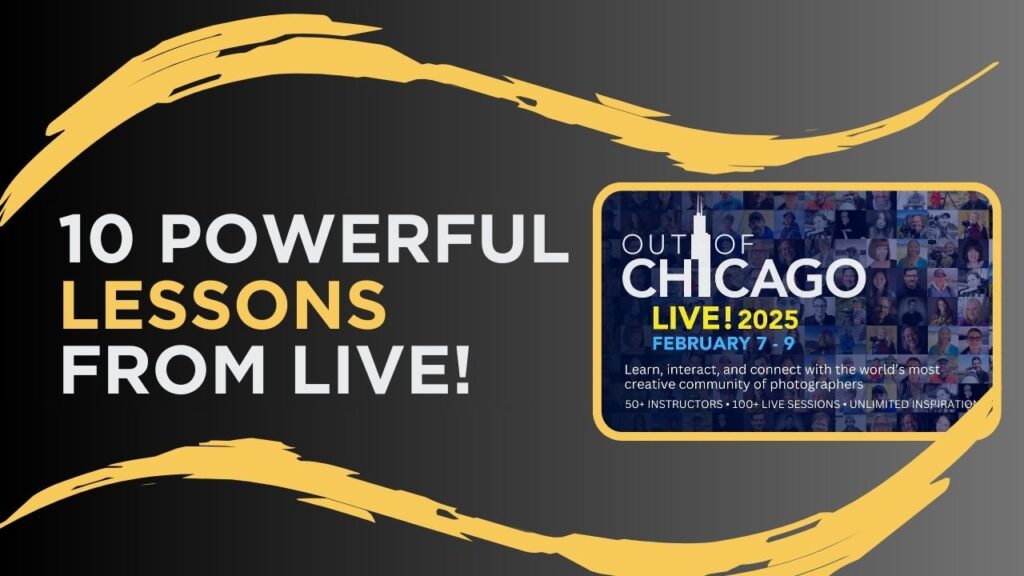
I couldn’t possibly cover all 50 of the main presentations, but here are a few little photography lessons from LIVE! that made a big impact on me and the attendees this year. Again, this is just a tiny snippet pulled from these brilliant presentations—it’s a small sound bite, but just because it’s small doesn’t mean it isn’t powerful.
Develop Your Vision – Ask What, Why, and How
Josh Cripps, “Overlooked Secrets of Composition”
Josh is the perfect combination of intelligence, down-to-earth wisdom, and pure fun. He has an incredible ability to break down complex ideas in a way that feels approachable and makes you think, why didn’t I realize this sooner?
And what’s more complex than defining your photographic vision? Instead of getting stuck in the “checklist” approach to composition—rule of thirds? Check. Leading lines? Check—Josh challenged us to strip it down to three fundamental questions: What do I like about this scene? Why do I like it? And how can I exaggerate that element in my photograph?
That slight shift in mindset is powerful. By anchoring your composition around what truly resonates with you, rather than following a formula, you start making images that are more intentional and personal. No matter how long you’ve been photographing, this is a process worth revisiting—because refining your vision is what leads to more compelling and impactful work.
Build and Test a Reliable Workflow
Bob Wojda, “From Stills to Video – First Steps with Bob Wojda”
Why would you learn video from anyone else when you can learn from Video Bob? While we usually see him (or, more accurately, don’t see him) working tirelessly behind the scenes at Out of Chicago events, Bob is always a crowd favorite. And in his presentation, he didn’t just urge us to hit the red record button—he made sure we had the tools and knowledge to do it with confidence.
One thing from his session that really stood out—probably because I tend to overlook it myself—is the importance of building and testing a reliable workflow – for video! That means setting up your camera correctly before heading out to capture anything. Select an appropriate resolution (1920×1080 is a great starting point), set your frame rate, and configure your manual settings for exposure and white balance. Then, run a test. Film a short clip, transfer it to your computer, and play it back. Are the colors off? Is the footage choppy? Did you somehow record the entire thing in slow motion by accident? (Not that I’d ever do that…)
This extra step saves you from major headaches so we’ll be ready when the moment hits that needs more than a still frame – like when a gust of wind releases a flurry of leaves dancing their way down into the stream you’re photographing.
Let Orientation Shape Your Story
Colleen Miniuk, “The Anatomy of a Great Landscape Photo”
If you’ve ever heard Colleen speak, you know she doesn’t just teach—she fires knowledge at you like a human encyclopedia of visual perception. I still remember the first time I heard her present, and I knew instantly—kindred spirits. She has this way of making you rethink everything you thought you knew about composition, and this year was no different.
One of the many takeaways from her presentation was the power of orientation and how it influences the emotional impact of an image. For instance, a vertical composition might create a sense of energy and urgency by forcing the viewer’s eye upward, while a horizontal orientation offers a more expansive, peaceful feel.
So here’s a challenge: next time you’re out with your camera, don’t just default to your usual framing. Photograph the same scene in different orientations and take note of how each version makes you feel. You might be surprised at how much impact that small shift can have on your final image.
Anticipate the Decisive Moment by Focusing on the Narrative
Tony Baldasaro, “Small Bird, Big Stories”
Photographing with Tony is an absolute treat—not just because of his photography skills, but because the man knows his birds. I’ve been fascinated with birds ever since the pandemic forced me to slow down and actually notice them (which, let’s be honest, I think happened to a lot of us). But watching Tony work in the field took my appreciation to a whole new level.
Like most new bird photographers, I used to get overly excited and chase a bird all over the place, hoping for the moment. Tony, however, has a different approach—one that’s all about patience and storytelling. Instead of frantically tracking every movement, he teaches you to anticipate behavior. Say you’re photographing an osprey returning to its nest with a fish. Instead of wildly swinging your lens back and forth trying to follow the action, set your camera on the nest and wait. By understanding your subject and predicting what’s going to happen next, you can capture the full narrative—the tension, the reunion, the natural behavior—without the chaos.
So, next time you’re out photographing wildlife, resist the urge to chase. Take a deep breath, study the scene, and ask yourself: What story am I trying to tell? Then, be ready for the moment when it unfolds.
Harness the Power of Color to Create Healing Spaces
Beth Young, “Capturing Wellness: Nature Photography in Healthcare”
Beth is the kind of person you instantly want to hang out with—down to earth, hilarious, and then you see her images… and suddenly, you just want to follow her around and absorb every ounce of her creative magic. We’re going to have a blast during Out of Chicago Botanic photography conference this year. One thing I truly admire about Beth is how she works with color in her editing.
So naturally, I perked up when she started talking about how color has a direct physiological effect on us. Blues and greens? They create a calming atmosphere that can lower blood pressure and reduce stress. Warmer hues like yellows and oranges? They bring energy and warmth to a space. In the context of healthcare settings, these choices matter. A pediatric room might benefit from soft, soothing pastels, while a waiting area could use warmer tones to make the space feel inviting and comforting.
Here’s something to try: next time you’re editing, think about the emotional impact of the colors in your image. Could a subtle color adjustment make your image feel more serene or more uplifting?
Embrace Your Authenticity
David Cobb, “Be Yourself, Everyone Else is Already Taken”
I cannot express how much I’ve enjoyed the time I’ve spent photographing and simply hanging out with David over the years. There’s a generalization of a Jay Maisel quote that goes something like this: If you want to take more interesting photographs, become a more interesting person. And the more I’ve talked to David, the more I realize just how multi-faceted and downright fascinating he is. So it’s no surprise that his keynote wasn’t just about photography—it was about creativity, individuality, and how we show up in our work.
One of the strongest reminders from his presentation was that creative success starts with staying true to yourself. Instead of chasing trends or trying to replicate someone else’s style, he encouraged photographers to dig deep and embrace what makes their perspective unique. Your strengths, your interests, your life experiences—these aren’t just personal details; they’re the foundation of your artistic voice. When you lean into them, your work resonates in a way that no trendy editing style or perfect composition ever could.
As David put it, “Be Yourself. Everyone else is already taken.”
Redefine ICM as “Intentional Creative Moments”
Stephanie Johnson, “Pushing ICM Boundaries”
I cannot wait to finally meet and work with Stephanie in person not once, but twice at the Out of the Great Smoky Mountains and the Out of Chicago Botanic photography conferences later this year. Every time we cross paths during LIVE!, she blows me away—not just with her creative vision but with how much she gives as an instructor.
One of the strongest takeaways from her presentation was how she’s redefined ICM. Traditionally, ICM stands for Intentional Camera Movement, but for Stephanie, it’s evolved into Intentional Creative Moments. Rather than confining herself to one rigid ICM technique, she began experimenting with mobile ICM and blending her in-camera multiple exposures with creative post processing techniques. This shift allowed her to break free of self-imposed limitations and explore a wider range of creative expression. She shared that this evolution not only reinvigorated her work but also helped her reconnect with her own artistic vision when she felt stuck.
Her approach is a reminder that creativity thrives when we give ourselves permission to intentionally experiment both in the field and in the digital darkroom.
Telephoto Vision – Train Your Eye to See Differently
Kristen Ryan, “Capturing the Landscape with a Telephoto Lens”
Kristen is another force of nature – a mom of 4 (more if you count the dogs), a photographer, a workshop instructor – is there anything this woman can’t do? Her presentation this year was all about using telephoto lenses, and Kristen has certainly developed her telephoto vision. Now with any lens type, it helps to be able to see like the lens sees. Kristen talked about how she trained her eye to see compositions differently—she started by simply raising her camera and scanning the landscape through a long lens, searching for details, patterns, and moments of light that she otherwise might have overlooked.
She shared that the more you use a telephoto lens, the more you start to “see” telephoto compositions, even without the camera. Pockets of light, repeating lines, isolated trees—these elements start to jump out at you in the field.
If you want to get better at seeing with a telephoto, try this: The next time you’re in the field, spend 5-10 minutes just looking through the viewfinder with your telephoto lens—don’t take a photo, just scan and observe. You’ll be surprised at how much more you notice.
The Power of Self-Made Residencies
Michele Sons, “Finding Freedom: Building Your Own Creative Residency”
Michele is not only creative in her work but also in how she carves out time and space to grow as a photographer. Her approach challenges the idea that artist residencies must come through formal, highly competitive programs. Instead of waiting for approval from an institution, she has designed her own opportunities. By taking control of her creative retreats, she has shaped residencies that serve her artistic goals rather than conforming to external requirements.
This lesson is a reminder that you don’t need official permission to prioritize your creative growth. A residency can be as simple as setting aside a weekend for focused work, renting a quiet space for a retreat, or committing to a structured creative schedule at home. The key is not where or how it happens but that you make it happen. By building your own opportunities, you remove unnecessary barriers and open yourself to deeper artistic exploration.
Michele and I have a running joke that our photography paths only ever cross in person for a day—but we always make a point to squeeze in at least one hike and a chance to photograph together when we can. That tradition is finally coming to an end, though, as we’ll both be teaching at the Out of the Great Smoky Mountains conference and will have a full week to explore, create, and be immersed in the landscape together. Can that count as a mini-residency?
Let’s Clarify (pun intended) Dehaze, Texture, and Clarity for Better Edits
Chrissy Donadi (me!), “Ten Lightroom Essentials Every Photographer Needs to Know”
One of the most common mistakes I see in Lightroom editing is using the Dehaze, Texture, and Clarity sliders interchangeably without fully understanding what they do. Each of these tools targets a different frequency of detail in an image, and knowing how they work can make a huge difference in your edits.
Texture enhances high-frequency details—think fine textures like tree bark, fur, or sand—without altering contrast or color. Clarity works on mid-frequency details, such as rippling water, weathered rock, or soft cloud formations, by increasing mid-tone contrast. Since Clarity boosts contrast in the mid-tones, it also increases color saturation, though not as dramatically as Dehaze. Dehaze, on the other hand, targets low-frequency details, cutting through atmospheric haze and increasing contrast across the entire scene. Unlike Clarity, Dehaze has a stronger impact on colors, often deepening blues and warming shadows due to how it redistributes contrast.
Next time you edit, zoom in at 100% and adjust each slider separately. Pay attention to how they impact different areas of your image. Understanding their effects at different frequencies will help you refine your edits and bring out the best in your photos without over-processing.
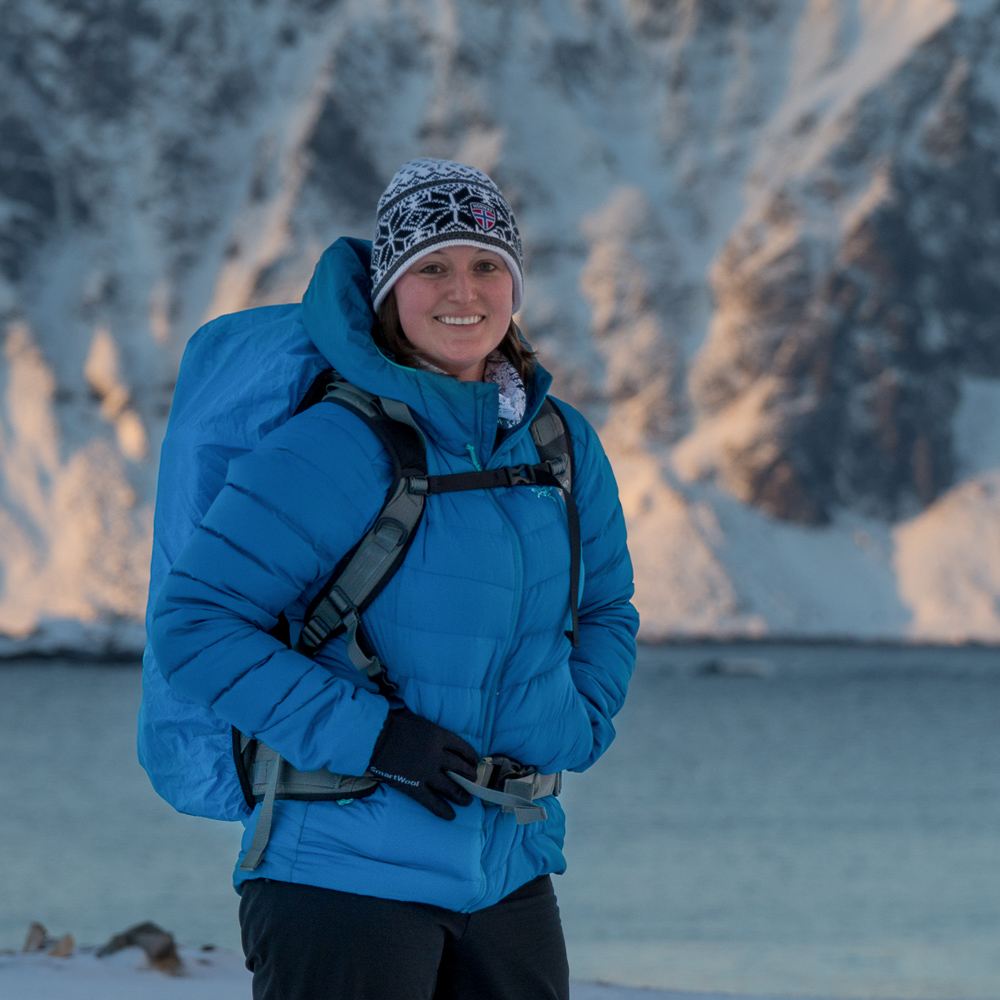
Craving More Photography Lessons? Learn, Photograph, and Connect in Person
Landscape photography is often a solo adventure, but it shouldn’t always be that way. When passionate photographers come together, the exchange of ideas sparks something incredible—just like it did at LIVE! 2025. These lessons are just a glimpse of the creativity and inspiration that unfolded, and it’s exactly why I choose to teach and be part of photography conferences each year. These events aren’t just about learning; they’re about connection, growth, and having a great time with like-minded creatives.
Join me—and/or these incredible instructors—at one of their workshops or see a few of us together at a photography conference! It’s your chance to learn, photograph, and be part of this inspiring community in real time. A few spots are still available at the conferences, or hop on the waitlist—you’ll be thankful for the experience. See you there!
Still on the fence – here are my 5 reasons why photography conferences are the ultimate experience.
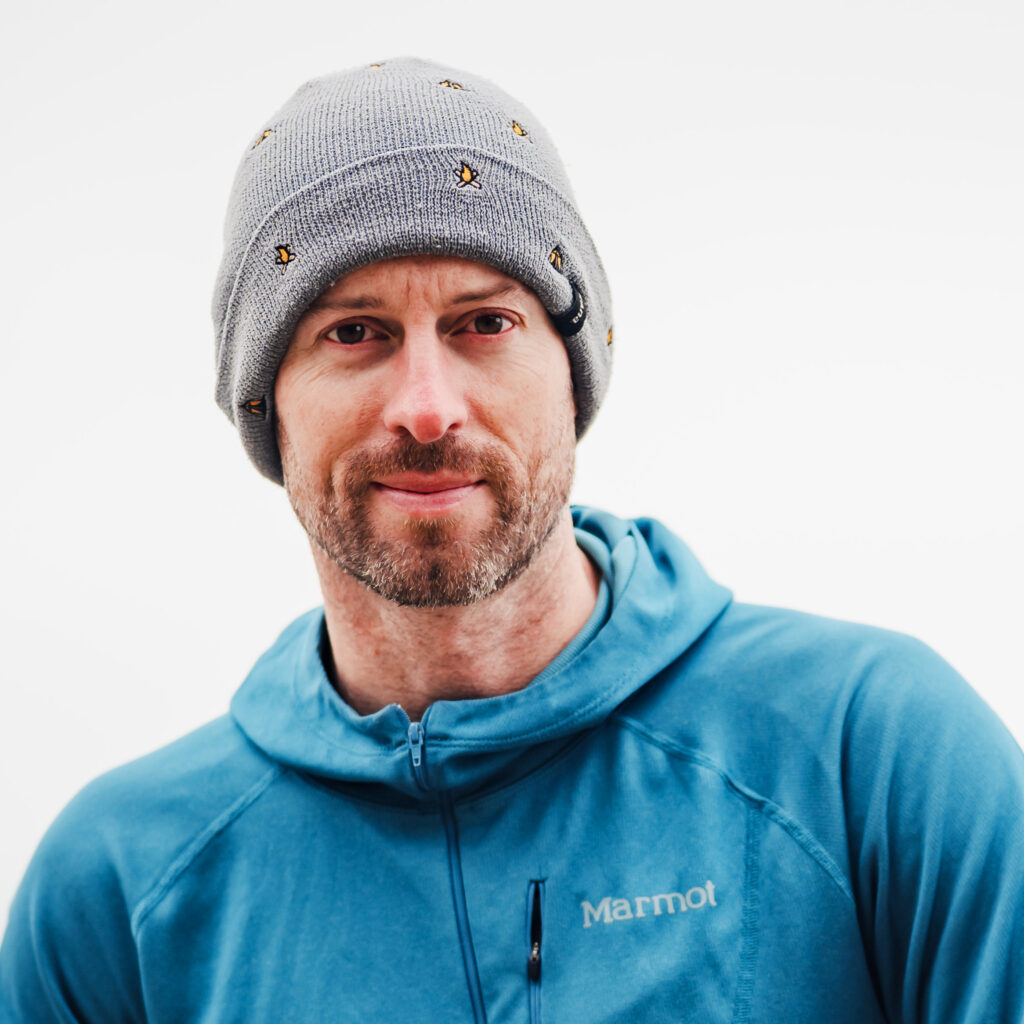
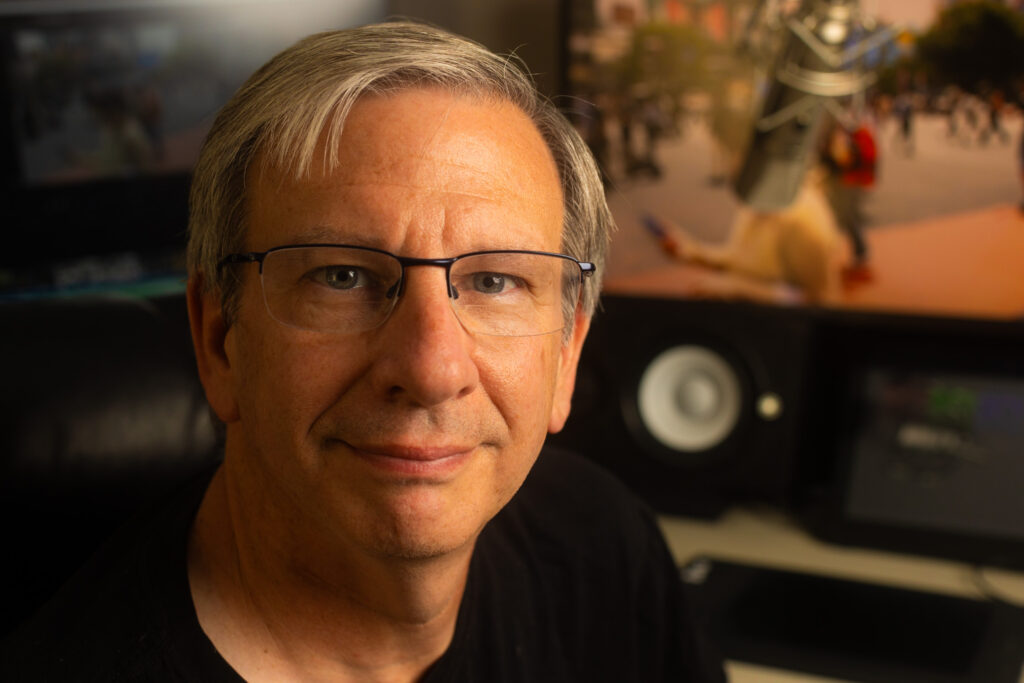
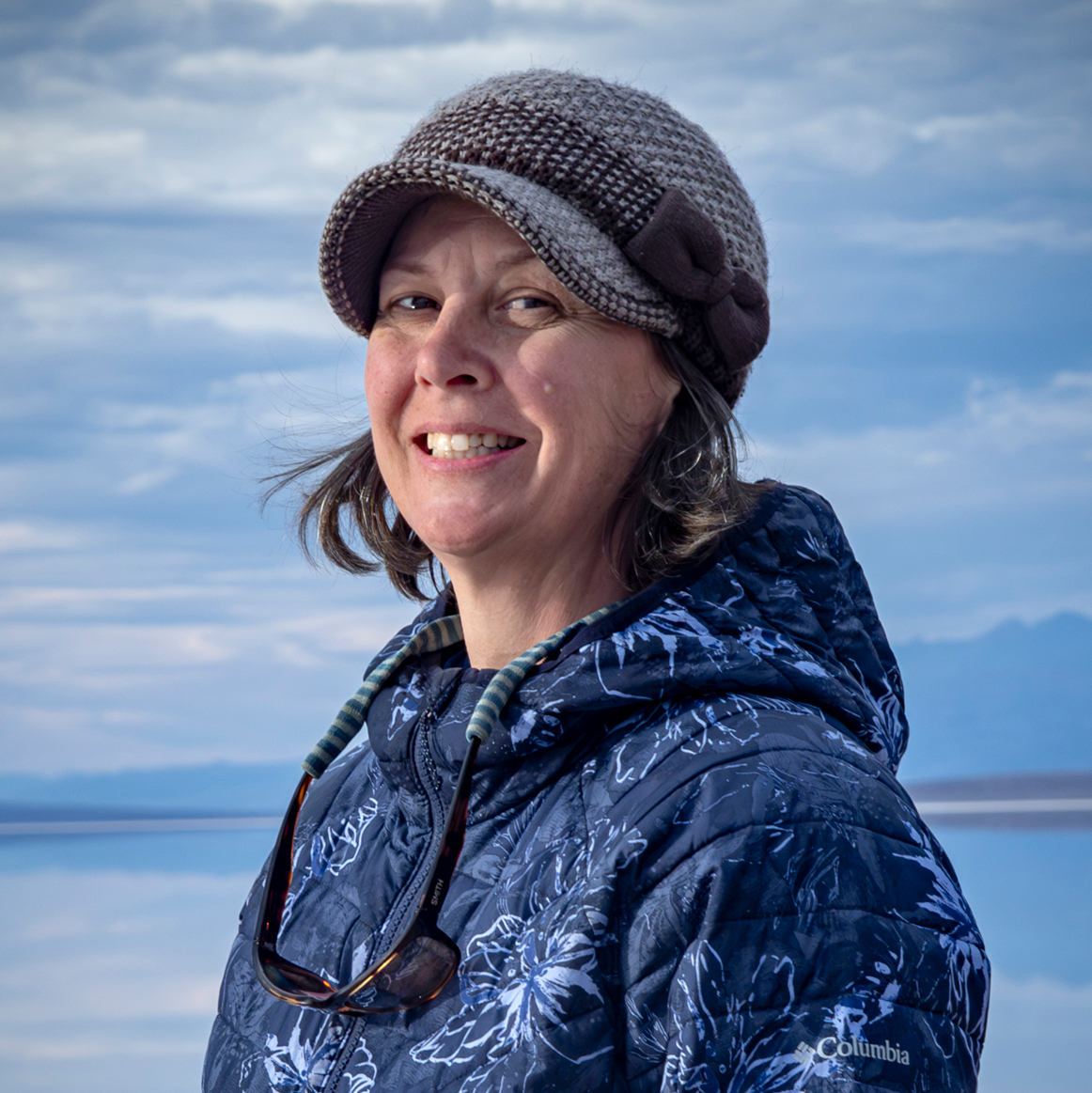
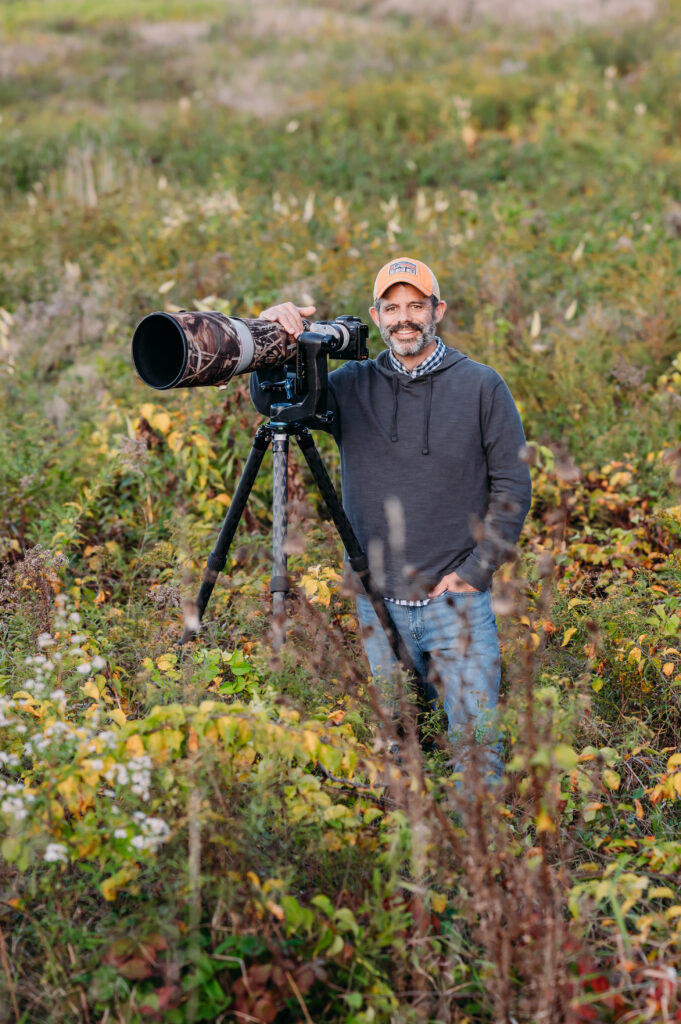
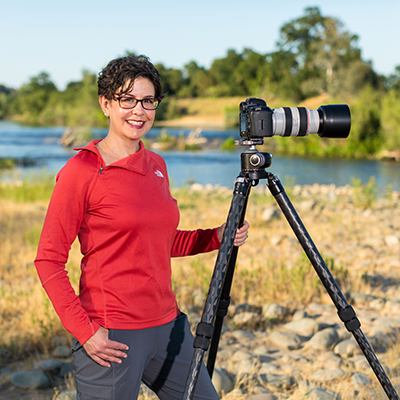
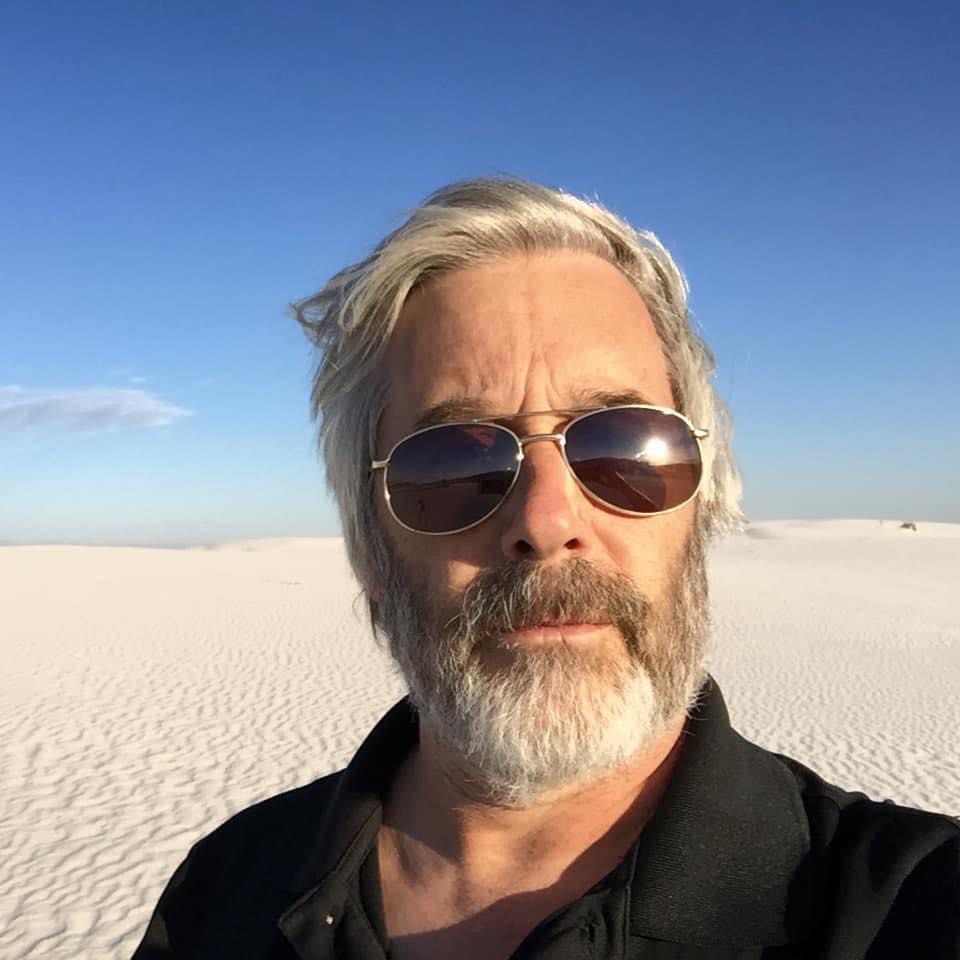
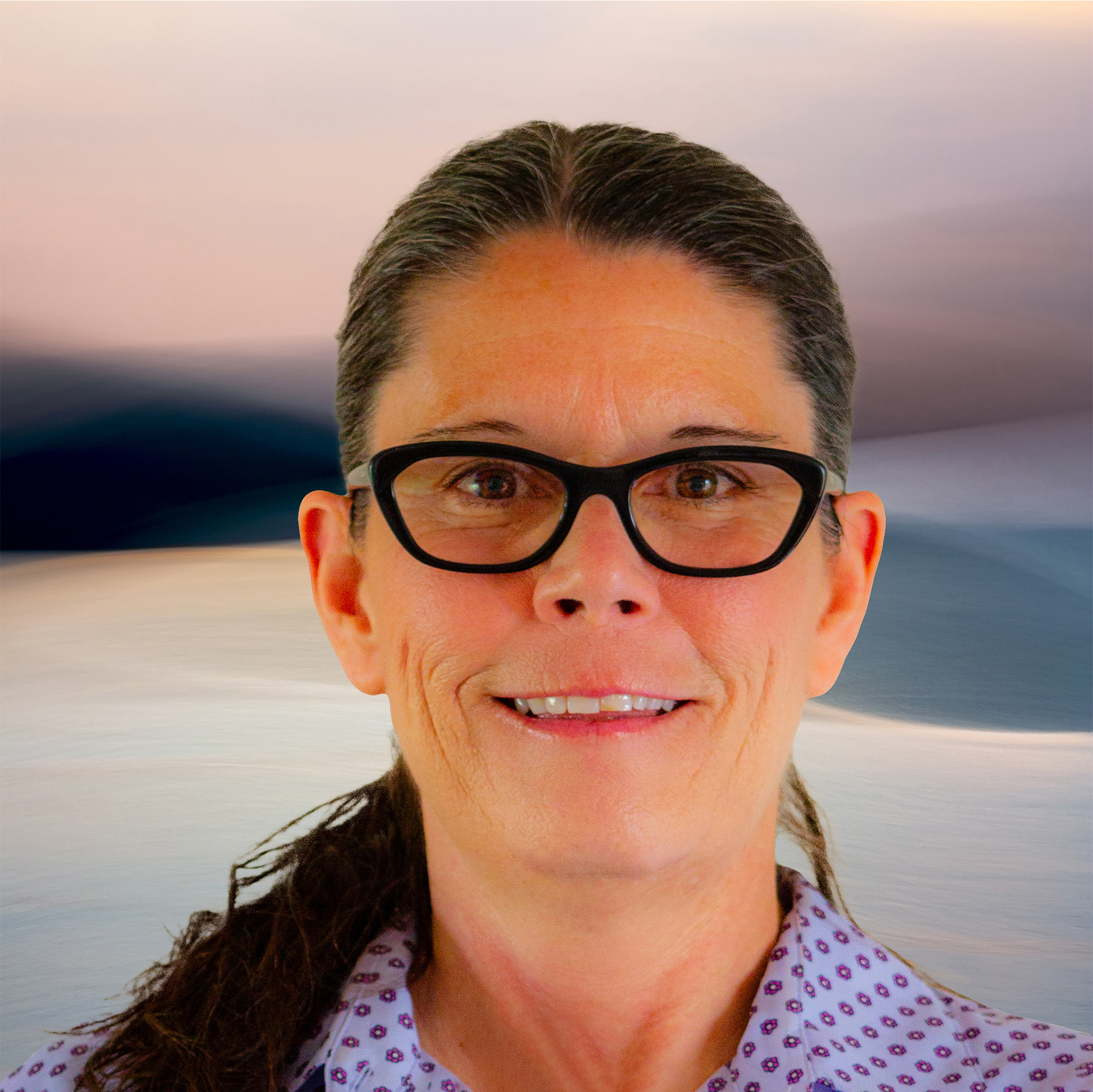
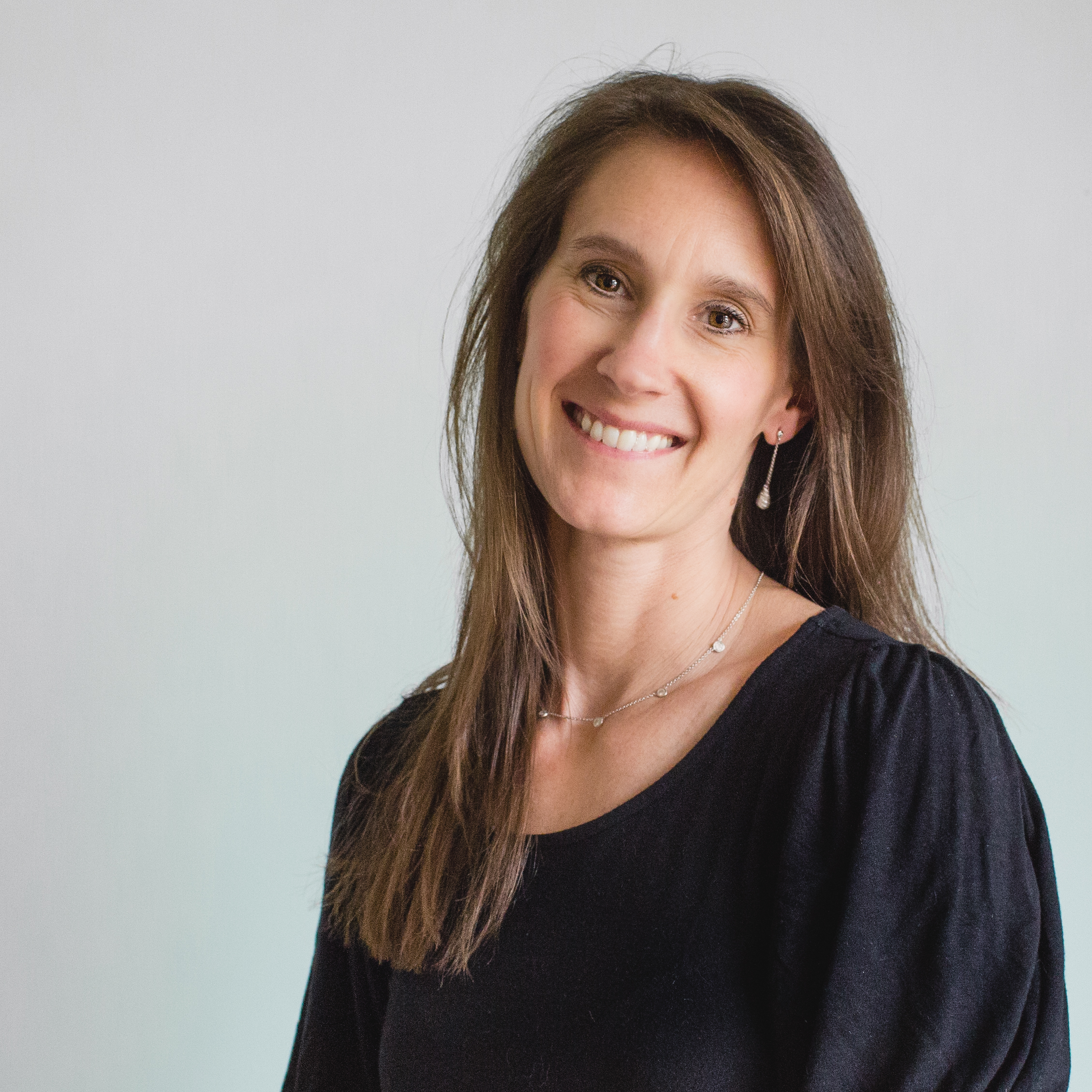
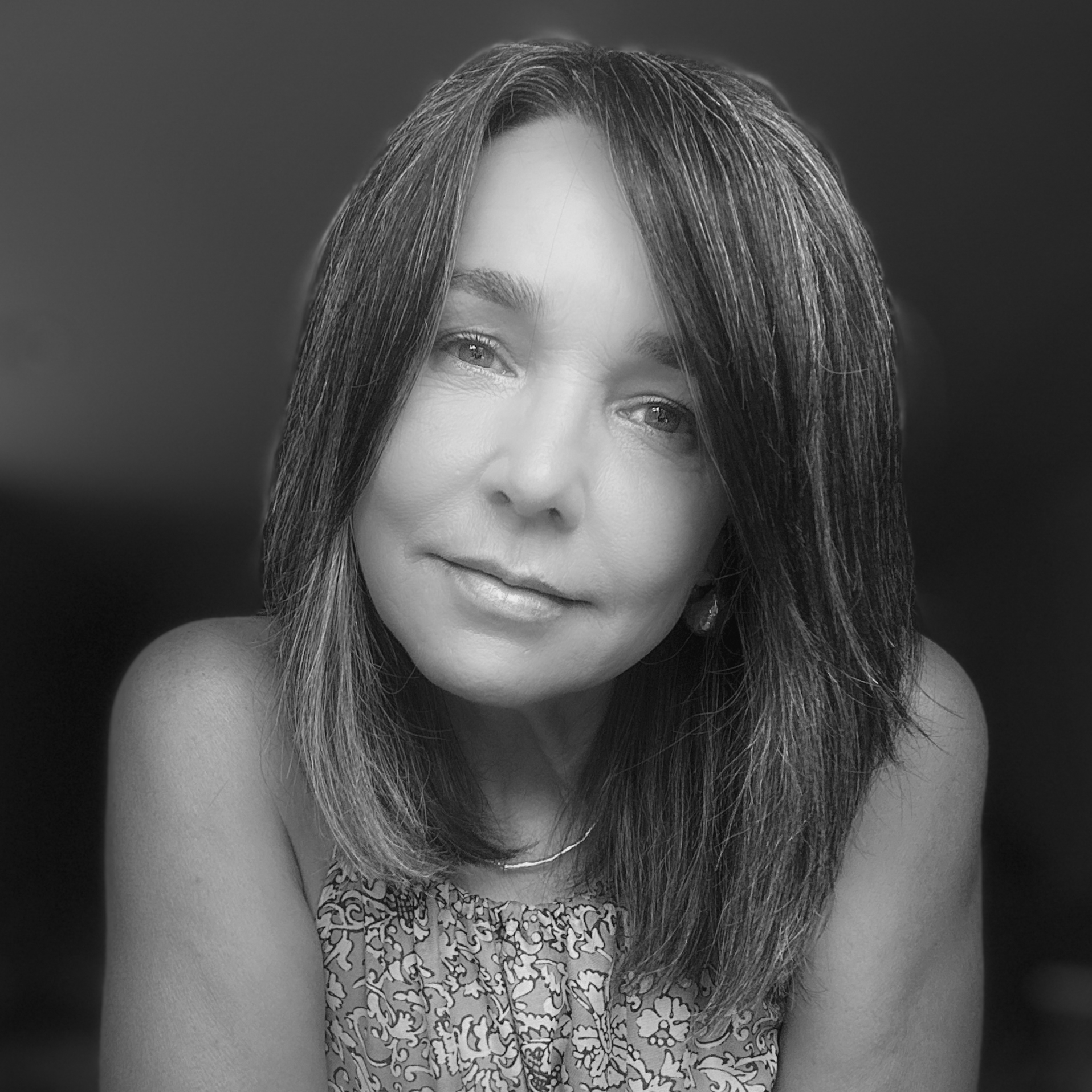
+ show Comments
- Hide Comments
add a comment